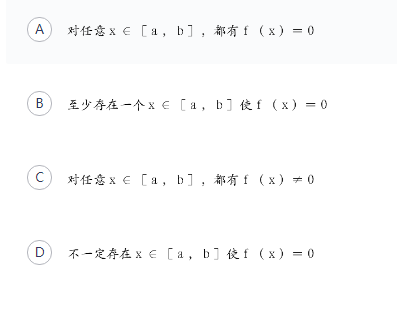当前位置:首页 → 职业资格 → 教师资格 → 中学英语学科知识与教学能力->Passage2Thecommoncoldistheworl
Passage 2
The common cold is the world′ s most widespread illness, which is plague that flesh receives.
The most widespread fallacy of all is that colds caused by cold. They are not. They are causedby viruses passing on from person to person. You catch a cold by coming into contact, directly orindirectly, with someone who already has one. If cold causes colds, it would be reasonable to expectthe Eskimos to suffer from them forever. But they do not. And in isolated arctic regions explorershave reported being free from colds until coming into contact again with infected people from theoutside world by way of packages and mail dropped from airplanes.
During the First World War soldiers who spent long periods in the trenches, cold and wet,showed no increased tendency to catch colds.
In the Second World War prisoners at the notorious Auschwitz concentration camp, naked andstarving, were astonished to find that they seldom had colds. At the Common Cold Research Unit inEngland, volunteers took part in Experiments in which they gave themselves to the discomforts ofbeing cold and wet for long stretches of time. After taking hot baths, they put on bathing suits,allowed themselves to be with cold water, and then stood about dripping wet in drafty room. Somewore wet socks all day while others exercised in the rain until close to exhaustion. Not one of thevolunteers came down with a cold unless a cold virus was actually dropped in his nose.
If, then, cold and wet have nothing to do with catching colds, why are they more frequent in thewinter Despite the most pains-taking research, no one has yet found the answer. One explanationoffered by scientists is that people tend to stay together indoors more in cold weather than at othertimes, and this makes it easier for cold viruses to be passed on.
No one has yet found a cure for the cold. There are drugs and pain suppressors such as aspirin,but all they do is relieve the symptoms.
Volunteers taking part in the experiments in the Common Cold Research Unit __________.
细节题。本题的考点在第四段,根据描述,这些志愿者在洗完热水澡后,穿上泳衣,在自己身上浇凉水,然后站在通风的房间里,还有些人穿着湿袜子,站在雨中,以检测他们会不会得感冒。结果证明所有人都没有得感冒,直到他们接触了病毒。故B、C、D三项错误,只有A项正确。
教师职业道德区别于其他职业道德的显著标志就是( )。
在教育史上主张“不愤不启,不悱不发”的教育家是()。
心理学家所说的“危险期”或“心理断乳期”是指( )。
教育工作中做到“因材施教”、“长善救失”符合年轻一代身心发展的( )。
德育过程与品德形成过程的关系是( )。
德育过程是培养学生( )的过程。
学生从事集体活动、结交好友的场所是( )。
教师的工作目的和使命是( )。
直接决定教育目的的因素是( )。

